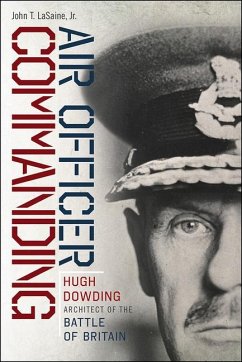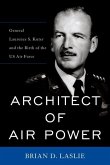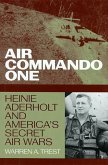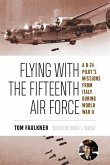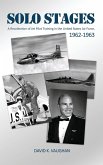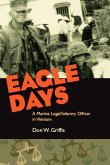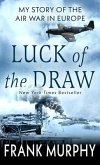Hugh Dowding was born in 1882 at the apex of British imperial power. He graduated from Winchester and the Royal Military Academy, Woolwich, and was commissioned into the Royal Regiment of Artillery in 1900. After a dozen years of adventurous, active service as a gunner on the fabled North-West Frontier of the British Indian Empire, Dowding earned a coveted place at the British Army Staff College, Camberley, and then gained his ¿wings¿ as a Royal Flying Corps (RFC) pilot in 1914. During the first year of the Great War, Dowding served in combat as a pilot, and on the staff of the RFC Headquarters in France. Promoted to squadron command, he led both a technical testing squadron back home in England and an operational squadron at the front. In 1936, Dowding was assigned the critical task of reorganizing the Air Defense of Great Britain as the first Air Officer Commanding-in-Chief of the new RAF Fighter Command. Dowding remained at the head of Fighter Command through the first year of World War II. He is widely credited with preventing the dismantling of British air defenses during the Battle of France in the spring of 1940, defying pressure from the British Army, Britain¿s French allies, and His Majesty¿s Government to send the bulk of the RAF¿s frontline fighters to the Continent in what Dowding predicted would be a futile effort to stem the German onslaught. While holding back as many of his best fighter aircraft as he could, in June Dowding deployed 11 Group, under his hand-picked lieutenant, Air Vice-Marshal Keith Park, to repulse the Luftwaffe over Dunkirk, covering the evacuation of some 338,000 British and French troops from the Continent.As the Luftwaffe began gradually building up to an all-out air offensive against Great Britain, Dowding marshaled his outnumbered command with skill and caution, accurately assessing the enemy¿s available strategic options. During the ensuing three months of fighting known as the Battle of Britain the integrated air defense system organized and trained by Dowding, guided by his operational concepts, fought the vaunted Luftwaffe to a standstill in daylight air-to-air combat. In October, the Germans abandoned their attempt to win a ¿decisive battle¿ for air superiority over England, turning instead to the protracted campaign of attrition by nighttime area bombing known as the Blitz. The historical significance of Dowding¿s life and military career rests primarily on two elements. First, as the original AOC-in-Chief, RAF Fighter Command, he directed the initial planning, organization, training, and equipment of the world¿s first truly integrated air defense system. Second, he directed the operations of Fighter Command during the Battle of Britain, the first sustained engagement between independent air forces in military history, and one of the campaigns whose outcomes turned the course of World War II. Dowding was thus not only one of the master builders of air power, but also the only Airman to have been the winning commander in one of history¿s decisive battles.
Hinweis: Dieser Artikel kann nur an eine deutsche Lieferadresse ausgeliefert werden.
Hinweis: Dieser Artikel kann nur an eine deutsche Lieferadresse ausgeliefert werden.

